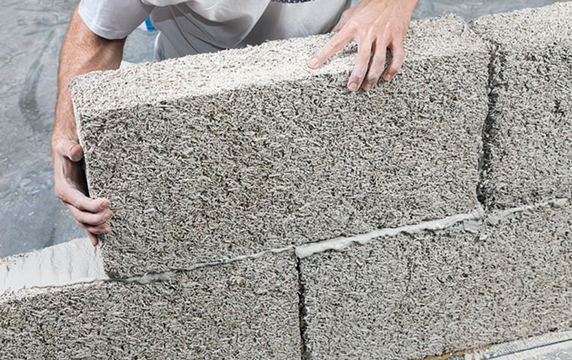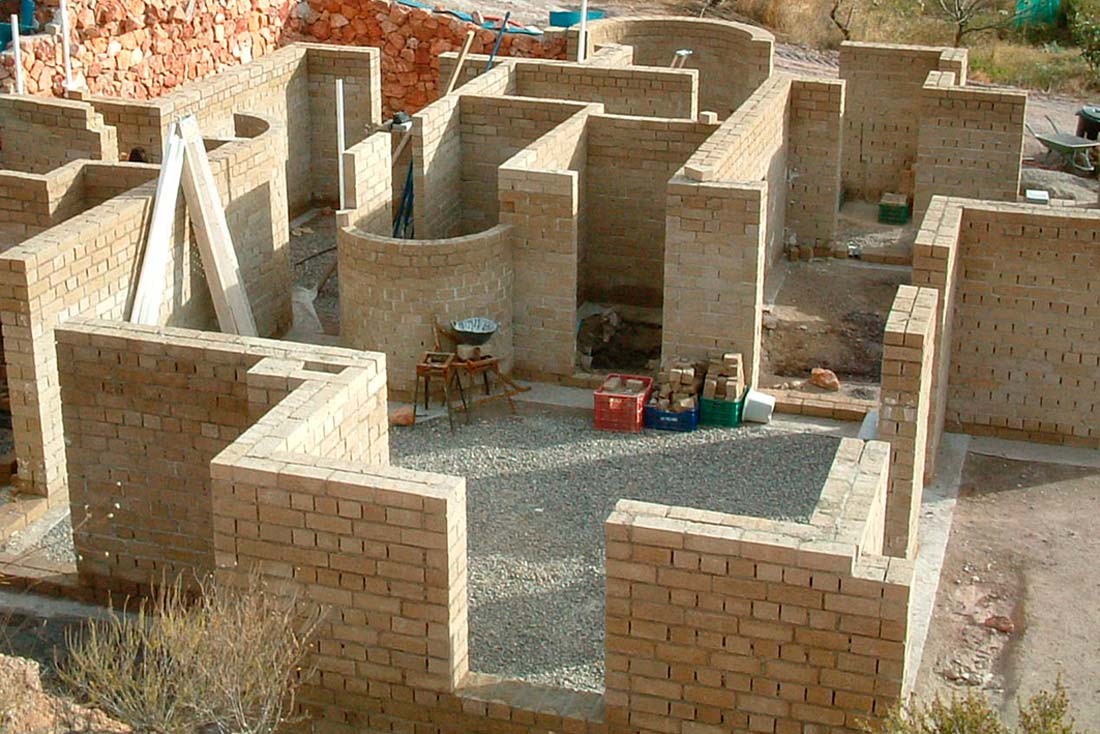The construction industry, long reliant on resource-heavy materials like concrete and steel, is undergoing a green revolution, and hemp is emerging as a star player. This versatile plant, once sidelined due to regulatory hurdles, is now being celebrated for its potential to transform how we build. From eco-friendly insulation to durable concrete alternatives, hemp is paving the way for sustainable architecture. With platforms like Hemp Online, Hemp Wholesale, and Hemp White Label making this material accessible, the future of construction looks greener than ever.
The Rise of Hemp as a Building Material
Hemp’s journey into construction is rooted in its remarkable properties. The plant’s fibers, seeds, and stalks offer a trifecta of strength, versatility, and sustainability. Unlike traditional crops, hemp grows rapidly—reaching maturity in just 90 to 120 days—and requires minimal water and pesticides. According to a 2023 study by the University of Cambridge, hemp sequesters up to 15 tons of CO2 per hectare, making it a carbon-negative crop. This is a stark contrast to concrete production, which accounts for roughly 8% of global carbon emissions, as reported by the International Energy Agency.
Hemp’s primary construction product, hempcrete, is a lightweight, insulating material made by mixing hemp hurds (the woody core of the stalk) with a lime-based binder. Hempcrete boasts a negative carbon footprint, as it continues to absorb CO2 during its lifecycle. A single cubic meter of hempcrete can sequester approximately 108 kilograms of CO2, according to research from the European Industrial Hemp Association. This makes it a game-changer for eco-conscious builders seeking to reduce environmental impact.
Strength in Simplicity: Hempcrete’s Unique Properties
Hempcrete is not just sustainable; it’s practical. Its thermal insulation properties are exceptional, with an R-value (a measure of insulation effectiveness) of around 2.1 per inch, comparable to fiberglass but without the environmental toll. Hempcrete structures regulate indoor humidity, reducing mold growth and improving air quality—a boon for allergy sufferers. A 2024 report from the American Society of Civil Engineers highlighted that hempcrete walls can maintain indoor humidity levels between 40% and 60%, an ideal range for human health.
Beyond insulation, hempcrete is fire-resistant, pest-resistant, and durable, lasting decades without degradation. Its lightweight nature reduces transportation costs and energy use during construction. Builders accessing Hemp Wholesale markets can source bulk hemp hurds at competitive prices, making it economically viable for large-scale projects. For smaller firms or startups, Hemp White Label services allow companies to brand and distribute hemp-based products, expanding market reach without the need for in-house processing.
Hemp Fibers: Reinforcing the Future
While hempcrete steals the spotlight, hemp fibers are quietly revolutionizing structural components. These fibers, extracted from the plant’s outer stalk, are as strong as synthetic materials like fiberglass but far more sustainable. A 2022 study in the Journal of Composite Materials found that hemp fiber-reinforced composites have a tensile strength of up to 250 MPa, rivaling traditional materials. When woven into textiles or blended into bioplastics, hemp fibers create lightweight panels, roofing materials, and even rebar alternatives.
The scalability of hemp fibers is a key advantage. Platforms like Hemp Online connect builders with suppliers offering processed fibers for everything from insulation batts to composite boards. These products are not only strong but also biodegradable, addressing the construction industry’s waste problem. Globally, construction generates over 1.3 billion tons of waste annually, according to the United Nations Environment Programme. Hemp-based materials, being compostable, offer a circular solution, reducing landfill burden.
Economic and Environmental Synergy
The economic case for hemp in construction is as compelling as its environmental benefits. The global hemp market was valued at $6.8 billion in 2023, with construction applications driving significant growth, per a Grand View Research report. As regulatory barriers ease—over 50 countries now permit industrial hemp cultivation—the supply chain is expanding. Hemp Wholesale platforms are streamlining access to raw materials, enabling builders to integrate hemp into projects without breaking the bank.
Hemp’s low input requirements make it a cost-effective crop. It thrives in diverse climates, from North America to Europe, and requires 50% less water than cotton, according to the USDA. This resilience is critical in a world facing climate-driven water scarcity. Moreover, hemp cultivation enriches soil by removing heavy metals and improving microbial activity, offering farmers a profitable crop rotation option. For construction firms, partnering with Hemp White Label providers allows customization of hemp-based products, from insulation to finishes, fostering innovation and brand differentiation.

Overcoming Challenges in Adoption
Despite its promise, hemp faces hurdles in mainstream construction. Regulatory inconsistencies persist in some regions, though legalization in the U.S. (via the 2018 Farm Bill) and Europe has spurred growth. Another challenge is perception—misconceptions about hemp’s relation to cannabis linger, though industrial hemp contains less than 0.3% THC, the psychoactive compound. Education campaigns, often supported by Hemp Online platforms, are dispelling myths and showcasing hemp’s practical applications.
Scalability is another concern. While hemp grows quickly, processing facilities for hurds and fibers are still developing. In 2024, the Global Hemp Association noted that only 15% of hemp-producing countries have sufficient processing infrastructure. However, investments in decortication technology—used to separate fibers from stalks—are rising, with companies offering Hemp Wholesale solutions bridging the gap. As infrastructure improves, costs will decrease, making hemp competitive with traditional materials.
Real-World Impact: Hemp in Action
Hemp’s potential is already being realized in projects worldwide. In France, where hemp construction is well-established, over 1,500 hempcrete homes have been built since the 1980s, according to the French Hemp Construction Association. These homes report energy savings of up to 30% due to hempcrete’s insulation properties. In the U.S., a 2023 pilot project in Colorado used hempcrete for affordable housing, cutting construction emissions by 40% compared to traditional methods.
Commercial buildings are also embracing hemp. A 2024 office complex in Australia incorporated hemp fiber panels, reducing material costs by 15% and earning LEED certification. Hemp Online marketplaces have made such projects feasible by connecting architects with suppliers. Meanwhile, Hemp White Label services enable developers to market these buildings as eco-friendly, appealing to sustainability-conscious consumers.
The Future of Hemp in Construction
The trajectory for hemp in construction is upward. By 2030, the global hemp construction market is projected to reach $1.2 billion, driven by demand for green building materials, per a MarketsandMarkets report. Innovations like hemp-based insulation foams and 3D-printed hempcrete are on the horizon, promising greater versatility. Governments are taking notice—Canada’s 2024 building code revisions now include hempcrete standards, a model for other nations.
Hemp’s role extends beyond materials to community impact. By supporting local farmers and processors, the industry creates jobs and stimulates rural economies. Hemp Wholesale networks ensure fair pricing, while Hemp Online platforms democratize access, allowing small builders to compete with industry giants. As consumer demand for sustainable living grows, hemp’s affordability and eco-credentials position it as a cornerstone of future construction.
A Call to Build Green
Hemp is more than a material—it’s a movement. Its ability to sequester carbon, reduce waste, and lower energy costs aligns with global sustainability goals. From hempcrete’s insulation prowess to the strength of hemp fibers, this plant offers solutions to the construction industry’s biggest challenges. Platforms like Hemp Online, Hemp Wholesale, and Hemp White Label are making adoption seamless, empowering builders to create structures that are as kind to the planet as they are to their occupants. As we face a warming world, hemp stands ready to build a sustainable future, one structure at a time.
Discover the future of sustainable construction with NanoHempTechLabs! Our premium hemp-based products, from carbon-negative hempcrete to durable fiber composites, offer unmatched eco-friendly solutions. With superior insulation, fire resistance, and a 40% reduction in construction emissions, our materials redefine green building. Sourced via Hemp Wholesale for cost-effectiveness, NanoHempTechLabs empowers builders to create sustainable, high-performance structures. Join the green revolution and elevate your projects with our innovative hemp solutions. Schedule a call today at NanoHempTechLabs.com to explore our Hemp White Label options and start building a sustainable future with us!
Reference:
- Arosio, V., Moletti, C., & Dotelli, G. (2022). Life cycle assessment of a wall made of prefabricated hempcrete blocks., 1, 436-442. https://doi.org/10.4028/www.scientific.net/cta.1.436
- Liu, C., Pomponi, F., & D’Amico, B. (2023). The extent to which hemp insulation materials can be used in canadian residential buildings. Sustainability, 15(19), 14471. https://doi.org/10.3390/su151914471
- Mani, S. and Zorec, P. (2024). Hempcrete housing as a sustainable restoration solution at novo mesto, slovenia: building towards carbon neutrality performances.. https://doi.org/10.21203/rs.3.rs-4615616/v1





